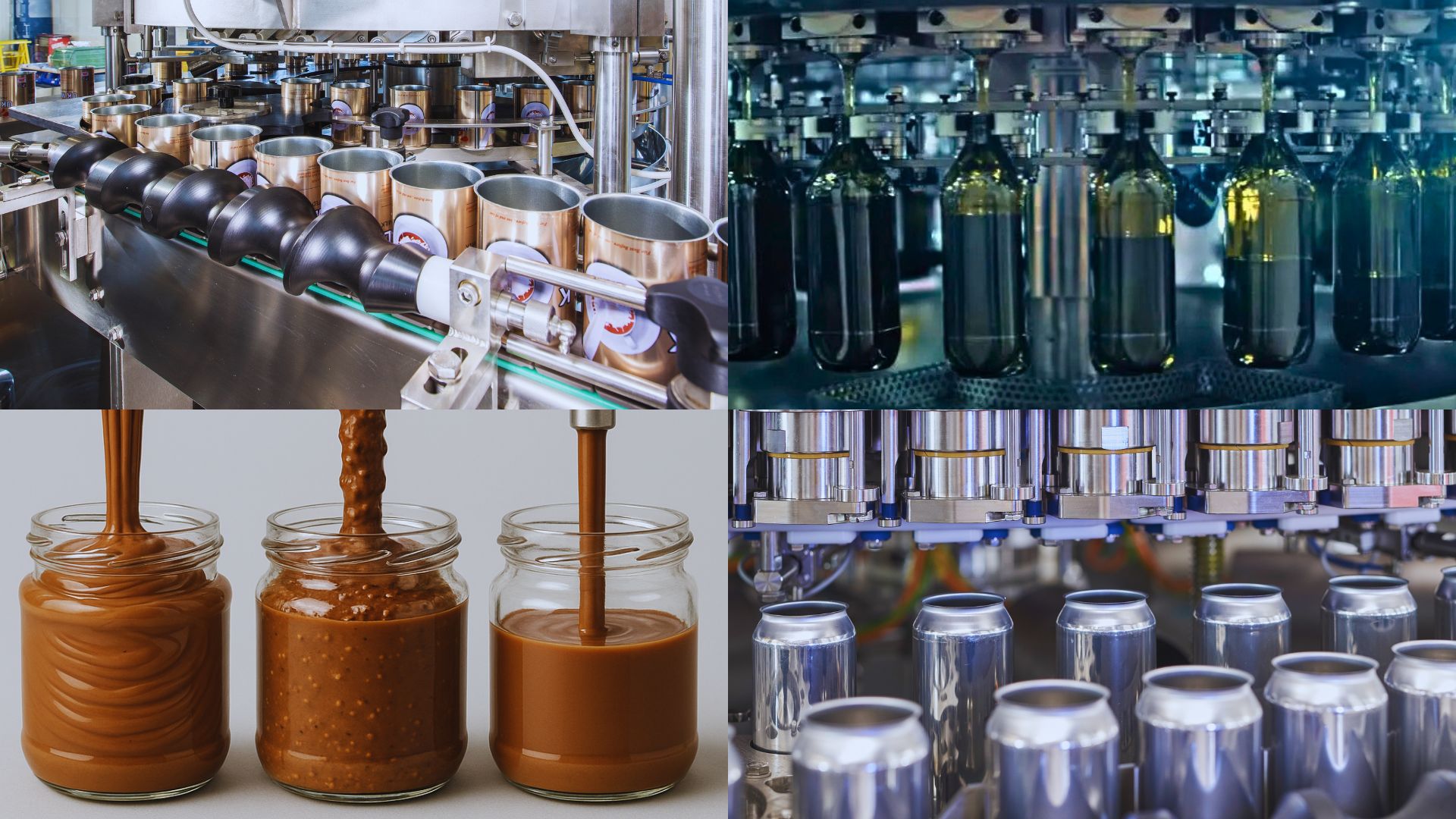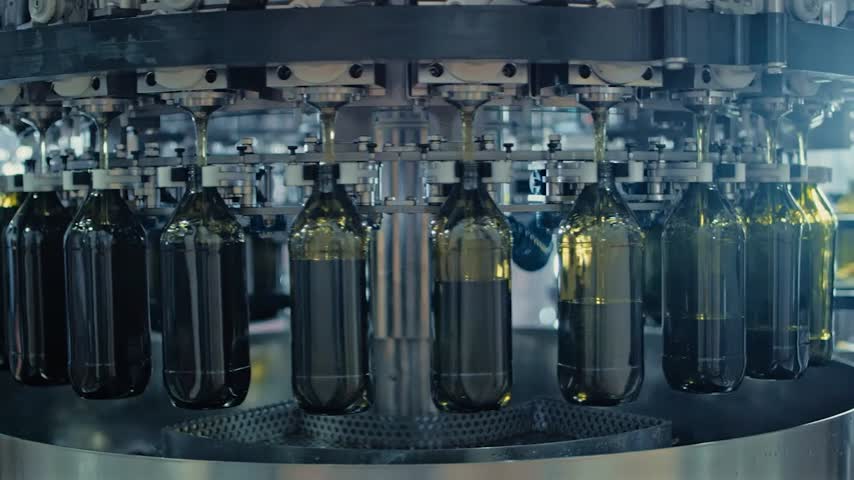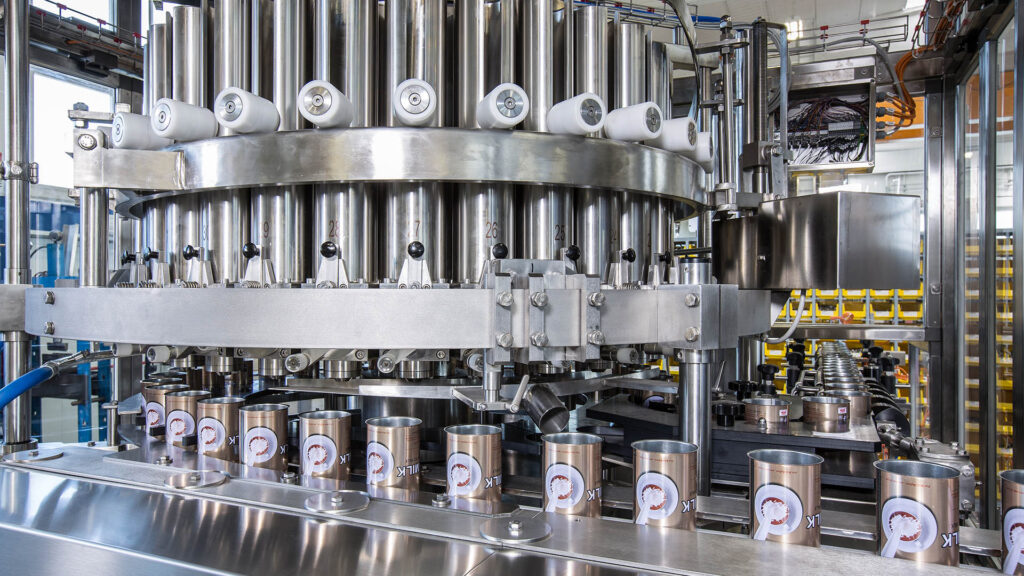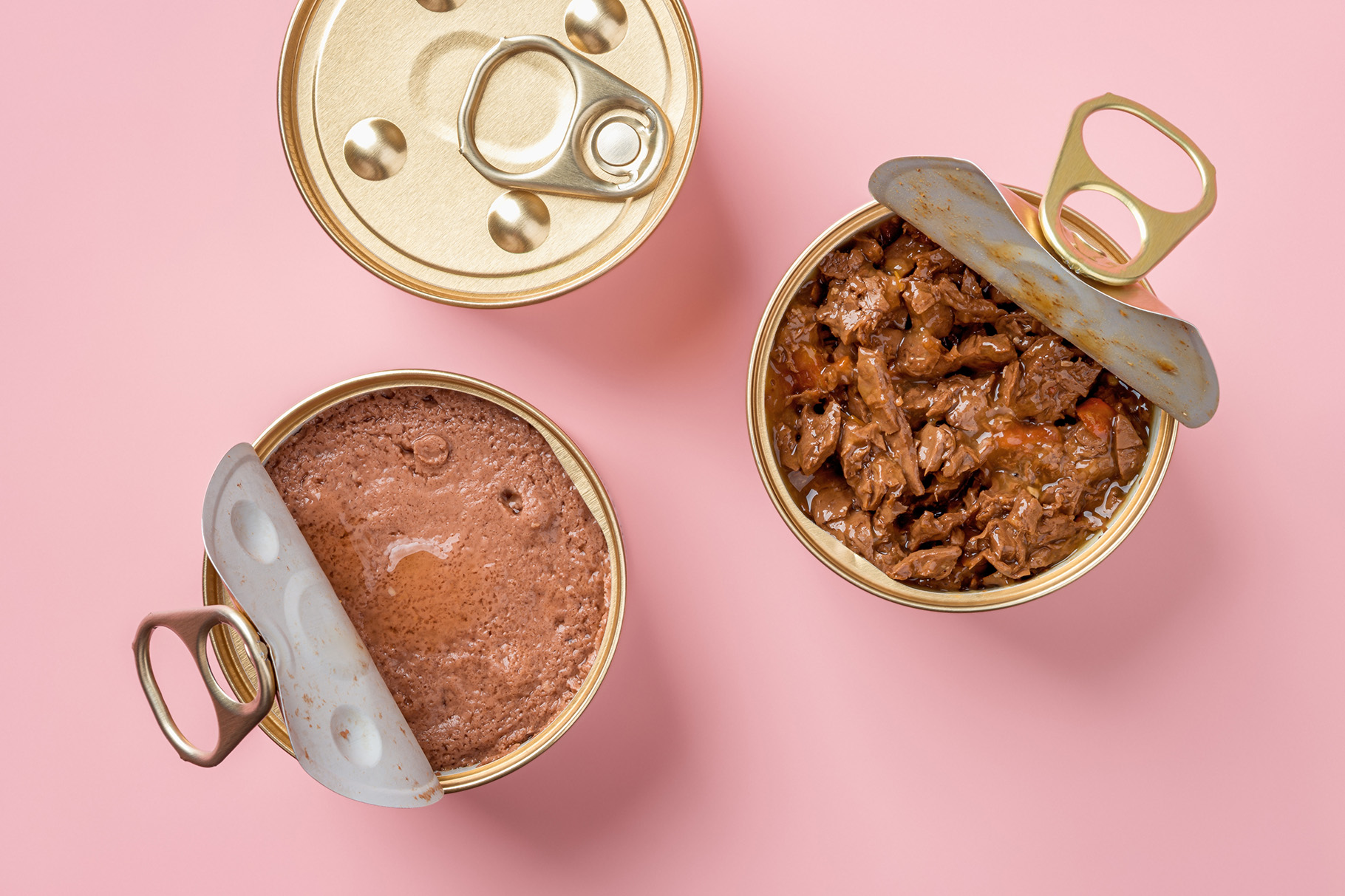
What are the uses of filling machines
In the food and beverage sector, filling machines are essential tools to ensure that products are packaged efficiently, safely, and consistently. From liquids such as edible oils and soft drinks, to viscous products such as sauces and baby food, and even semi-solids like pet food, filling systems play a crucial role in meeting production needs. The right technology not only improves speed and accuracy but also reduces waste and safeguards hygiene standards. With consumer expectations, regulatory requirements, and the competitive need for high production volumes, choosing the most suitable filling system becomes critical. Each product type presents specific challenges: viscosity, carbonation, container type, or sterilization requirements. This guide explores the uses of filling machines across different sectors—edible oils, beverages, food, and pet food—highlighting the unique needs of each application and the advantages of targeted technologies.
Edible oil filling
Filling edible oils presents particular challenges that set it apart from other liquid applications.
Oils are highly sensitive to oxidation, which can compromise flavor, shelf life, and quality. For this reason, filling systems are designed to minimize exposure to oxygen while ensuring precise dosing.
The most common methods include weight filling (using load cells), flowmeter (mass flow) filling, and volumetric filling. Weight fillers provide exceptional accuracy, particularly for premium oils such as extra virgin olive oil, while flowmeter technologies allow for fast and flexible operations across a wide range of container types.
Another critical requirement is drip prevention. Special “no-drip” nozzles ensure clean dosing without spills on the bottle neck or exterior, enhancing product presentation and reducing waste.
Hygiene is also crucial: equipment must be easy to clean and compliant with international standards to prevent contamination and preserve product integrity.
Oil filling systems must handle a wide variety of packaging formats, including glass bottles, PET containers, and metal cans.
Flexibility in format changeover, combined with minimal downtime, is essential to meet the demands of dynamic markets, ranging from household cooking oils to gourmet blends and industrial supplies.
Finally, integration with complementary machinery is fundamental. Oil filling systems are typically part of complete lines that include cappers, labelers, secondary packaging, and quality control units. This integration ensures smooth operations, consistent performance, and cost efficiency.
In short, edible oil filling machines are designed to combine precision, hygiene, and flexibility. Thanks to advanced technologies and adaptable layouts, producers can achieve high-quality output and operational efficiency while preserving product freshness and meeting consumer expectations.

Beverage filling
Beverage filling represents one of the most complex and diversified areas of the packaging industry. The range of products is vast, spanning from still water to fruit juices, from carbonated soft drinks to isotonic and energy beverages.
Each product category requires specific solutions, with dedicated filling technologies designed to preserve quality and meet consumer expectations.
For carbonated beverages, isobaric (counter-pressure) filling is widely used, as it maintains carbonation levels and prevents foaming.
For still beverages such as juices and flavored waters, flowmeter systems (or volumetric systems) are more common, ensuring precise dosing while minimizing product loss. Another popular solution is level filling, which guarantees a uniform fill height in each container—an important factor for transparent packaging, where visual consistency enhances product perception.
Hygiene remains a determining factor. Many beverages require sterilization or pasteurization processes, and filling systems must be compatible with CIP (clean-in-place) or SIP (sterilization-in-place) procedures. These processes minimize downtime while ensuring food safety.
Flexibility is equally important. Beverage producers often handle a wide range of recipes and packaging formats—from PET bottles to glass and aluminum cans. Modern machines are designed for quick format changes without slowing down production.
Finally, automation and advanced monitoring play a key role. Control systems ensure consistent performance, reduce manual intervention, and allow for full traceability in line with regulatory requirements.
In summary, beverage filling technologies must balance precision, hygiene, and versatility. The choice between isobaric, volumetric, flowmeter, or level systems depends on the product and production objectives, but the overall goal remains the same: preserve product integrity while meeting the demands of an ever-evolving market.

Food filling
Food filling covers a very wide range of applications, from sauces and tomato derivatives to dairy products, baby food, jams, spreads, vegetables, legumes, and ready meals.
Each category poses unique challenges: varying viscosities, the presence of particulates, hot or cold filling requirements, and strict hygiene standards. As a result, different technologies are adopted depending on the product’s characteristics.
Volumetric fillers are ideal for dense sauces, creams, purees, and concentrates, where portion uniformity is critical.
Flowmeter fillers ensure accurate dosing for liquid or semi-liquid foods, minimizing waste.
Weight fillers are often employed for premium products, where exact net weight is essential.
Vacuum filling systems are suitable for products sensitive to oxidation. Removing residual air extends shelf life, preserves organoleptic properties, and improves product appearance.
Can filling remains a widely used application, especially for vegetables, legumes, tuna, and ready meals, often combined with pasteurization or sterilization processes. For products requiring long shelf life, hot-fill or aseptic technologies are crucial, particularly for vegetable purees or baby food, as they preserve nutritional values, flavor, and texture while reducing microbiological risks.
Applications are extensive, but the core priorities remain the same: precision, hygiene, flexibility, and efficiency. The choice of technology—volumetric, flowmeter, weight, or vacuum—depends on the product and production objectives, with the ultimate aim of delivering safe, high-quality food to consumers.

Pet food filling
Pet food filling presents unique challenges compared to human food, due to specific textures, packaging formats, and shelf-life requirements.
Wet pet food, for example, often contains a mix of meat, sauces, or jelly, requiring filling systems capable of handling semi-solid or chunky consistencies without damaging the product while maintaining dosing precision.
One of the most common solutions is can filling and seaming. In this process, the product is dosed into cans and sealed with seamers to create a hermetic closure. This step is critical for preventing spoilage, protecting against contamination, and ensuring stability over time.
For pouches or trays, automated systems are used to fill, load, and seal flexible containers, providing convenience for consumers and variety for producers.
Portion precision and consistency are key. Manufacturers must ensure uniform weights and volumes to maintain quality and control costs. Advanced filling technologies with precise dosing guarantee that each package meets specifications, reducing waste and improving efficiency.
Ease of cleaning is another fundamental requirement. Filling equipment must be designed for fast, effective sanitation, compatible with sterilization processes, and capable of minimizing any contamination risks.
Automation is also a major factor. Modern lines often integrate robotic systems for loading and handling, reducing manual labor and increasing throughput. Control systems with intuitive interfaces allow operators to monitor performance, track data, and manage production with ease.
In conclusion, pet food filling machines must combine precision, safety, and adaptability. By handling different formats, textures, and packaging methods, these solutions enable producers to deliver safe, nutritious, and appealing products in a pet care market that continues to grow rapidly.
